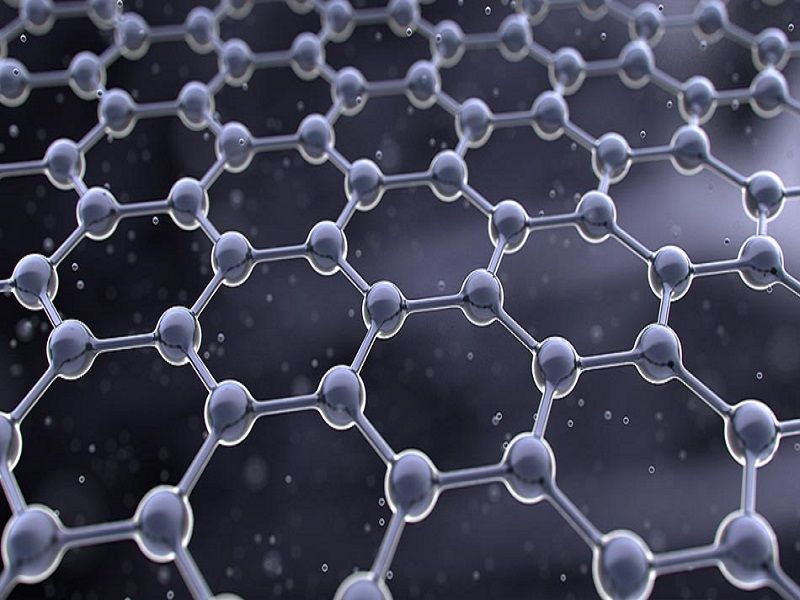In recent decades, the field of nanotechnology has burgeoned, providing a plethora of materials whose dimensions range at the nanoscale. The implications of these materials stretch from medicine to electronics and beyond, revealing that these diminutive constructs hold transformative potential. Understanding the different types of nanomaterials is essential for grasping their applications and the future they herald.
Nanomaterials can be broadly classified based on their dimensionality, structure, and composition. This categorization facilitates not only comprehension but also directs innovative research endeavors. Herein, we will delve into the principal types of nanomaterials: zero-dimensional, one-dimensional, two-dimensional, and three-dimensional nanomaterials. Each category exhibits unique properties and offers diverse applications.
Zero-Dimensional Nanomaterials
Zero-dimensional (0D) nanomaterials are particles with dimensions confined to the nanoscale in all three spatial directions. Prominent examples include quantum dots, nanoparticles, and fullerene structures. These materials often exhibit remarkable optical, electronic, and chemical properties that diverge significantly from their bulk counterparts due to quantum confinement effects.
Quantum dots, for instance, are semiconductor nanocrystals that exhibit size-dependent fluorescence. The ability to tune their emission spectra by varying the particle size has made them invaluable in applications such as medical imaging, photovoltaic cells, and quantum computing. Additionally, metal nanoparticles, including gold and silver, are renowned for their unique optical properties, which give rise to surface plasmon resonance. This phenomenon has made them instrumental in biosensing and cancer therapeutics.
One-Dimensional Nanomaterials
One-dimensional (1D) nanomaterials are characterized by their elongated structures, which can be as short as a few nanometers. Common types include nanowires, nanotubes, and nanorods. These materials often demonstrate enhanced mechanical strength, electrical conductivity, and thermal stability, rendering them suitable for a myriad of applications.
Carbon nanotubes, a quintessential example of 1D nanomaterials, have garnered significant attention due to their exceptional electrical, mechanical, and thermal properties. Composed of rolled graphene sheets, they possess remarkable tensile strength and can conduct electricity better than copper. This combination of properties positions them as outstanding candidates for use in nanoelectronics, composite materials, and even energy storage devices.
Similarly, metal nanowires, often composed of materials such as silver and gold, are heralded for their conductivity and flexibility. Their applications in flexible electronics and nano-scale circuits reveal the versatility inherent in one-dimensional nanomaterials.
Two-Dimensional Nanomaterials
Two-dimensional (2D) nanomaterials, with thicknesses that are only a few nanometers but extending laterally over larger areas, represent a fascinating category. Graphene is perhaps the most celebrated example, noted for its extraordinary electrical, thermal, and mechanical properties. However, a plethora of other 2D materials such as transition metal dichalcogenides (TMDs), like molybdenum disulfide (MoS2), has gained prominence.
Graphene’s unique structure not only endows it with exceptional conductivity but also makes it an ideal candidate for applications in advanced electronics, drug delivery systems, and energy storage. The discovery of thousands of other 2D materials has opened new frontiers in material science. For example, TMDs exhibit semiconducting behavior valuable for use in transistors and photodetectors, illustrating the boundless potential of 2D nanomaterials.
The emergence of these materials raises questions about their integration into new devices, paving the way for the next revolution in technology. The allure of 2D nanomaterials lies not only in their capabilities but also in the unexpected insights they can offer into fundamental physics and materials science.
Three-Dimensional Nanomaterials
Three-dimensional (3D) nanomaterials encompass various structures, including nanocomposites, nanocrystalline materials, and porous nanostructures, all of which possess dimensions that can be manipulated on the nanoscale. The unique architectures of these materials often lead to emergent properties that are not present in their bulk forms.
Nanocomposites, for instance, combine different types of nanomaterials to improve their overall performance, resulting in enhanced mechanical strength, thermal stability, and electrical conductivity. The addition of nanoparticles to polymers may lead to superior materials for aerospace, automotive, and even biomedical applications.
Porous nanomaterials such as metal-organic frameworks (MOFs) and aerogels exemplify the breadth of 3D nanomaterials. With tunable porosity and high surface areas, these materials are revolutionizing fields like gas storage, catalysis, and drug delivery. Their ability to encapsulate small molecules while maintaining structural integrity poses significant advantages in numerous scientific domains.
Conclusion
The exploration of nanomaterials unveils a universe brimming with possibilities. Distinguishing between their various types aids in comprehending the profound shifts they promise across multiple industries. Whether through the quantum marvel of zero-dimensional materials, the remarkable properties of one-dimensional structures, the groundbreaking capabilities of two-dimensional architectures, or the innovative thrust of three-dimensional nanostructures, these materials collectively represent a significant advancement in technological evolution.
As research continues to unfold in this domain, the potential applications of nanomaterials remain staggering. From revolutionizing healthcare to enhancing energy efficiency, they beckon us to reconsider the scope of what we deem possible in science and technology.












